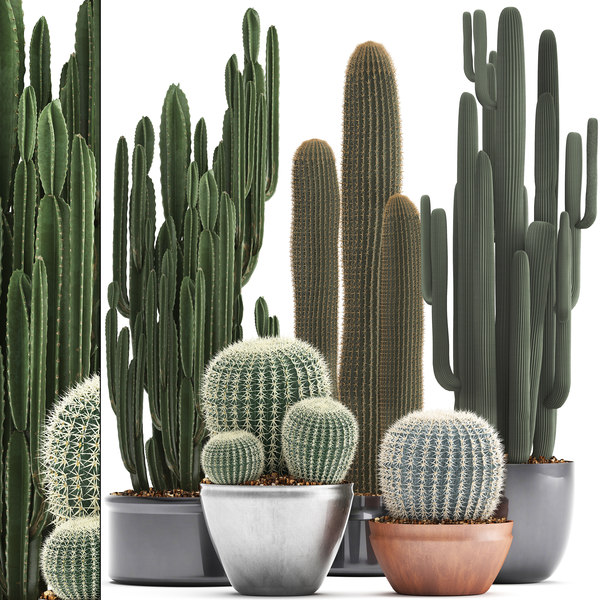9 ฐานเรียนรู้
ความรู้ที่น่าสนใจ (Documents on web)
ติดต่อเรา
มูลนิธิกสิกรรมธรรมชาติ
เลขที่ ๑๑๔ ซอย บี ๑๒ หมู่บ้านสัมมากร สะพานสูง กรุงเทพฯ ๑๐๒๔๐
สำนักงาน ๐๒-๗๒๙๔๔๕๖ (แผนที่)
ศูนย์กสิกรรมธรรมชาติ มาบเอื้อง 038-198643 (แผนที่)
User login
ลิงค์เครือข่าย
The A - Z Information Of Propagating Blue Chalk Stick Succulents
Place the succulent in an old pot with fresh soil. This succulent can be enjoyed outdoors. The spring is the best season to repot a plant. The Echeveria Lola blooms come out every spring. Add Echeveria Afterglow into your garden without having to worry about your pets getting intoxicated. Pots should have holes at the bottom. A plant should be placed where it will receive afternoon sunlight. The best soil for this plant is slightly acidic, and a pH between 6.0 and 7.0 is recommended. Its main water requirements would be during the summer, and it blossoms in well-draining soil. The mixture must be well-draining. Under these conditions, it is crucial to have a fast-draining soil and to offer some shade or protection from the rains all year.
They are bright pink and yellow and bell-shaped. The flowers can be showy, and they are usually pink or yellow in color. Once the offsets are large enough that they can be handled without causing any damage, the mother plant can be gently pulled away or cut. It is easy to take the photos and set them down at will. To ensure its survival, it requires soil that has a high percentage of coarse sand or perlite, pumice and gravel. This will allow for sufficient drainage. 4. After some time your plant has been sprouting, you'll also see little offsets. Where can you find a Crassula Pellucida Variegata 'Calico Kitten'? For more information on outdoor succulent identification guide requirements, please visit my post "How Much Sunshine Do Succulents Need Outside?" To unleash their natural instincts to scratch, claw and scratch things, cats need a scratching board. Others show evidence of plants receiving shipments that have had their petals removed, edema and appear rather dry by the end.
These plants need very little water in order to survive. Keep this little plant alive until it has several leaves and grows to be a bigger plant. I was able, however, to save some leaves for future generations. Any visible, green and viable part of the plant should be saved. You must also remove any rotting parts. The top will be the best part of the plant, as the center and bottom rot first. It is not recommended that you eat any portion of the plant. For successful propagation, you need to make sure that no part of the lead is left behind on the stem. Although this step is not necessary for propagation success, gardeners believe that it will speed up rooting. Echeveria lola is a gorgeous succulent. You may feel tempted to put it in your home, but it will have an impact on how it grows. Echeveria Lola has delicate, light purple leaves. They can also appear to have gray or blue hues.
You can trigger flowering by exposing the plant to darkness for at most 14 hours. For at least five weeks, it should be exposed to less light (8-10 hours) and more darkness (14-24 hours) to ensure that the plant is not in direct sunlight. However, prolonged exposure to extreme cold will kill the plant. But, livestock production is threatened by water shortages in these dry areas. Protect them from the cold by moving into warm areas indoors. It is easy to forget that these plants are not suited for wet areas. Simplicity comes in taking care of them, as they need less water and attention than other plants. Although you can grow roots by cutting a truncheon from its mother tree, the cuttings will be more susceptible to fungal stem decay. If there are any roots that are dead, remove them. You can keep succulents in two ways. They will appear if there is water between the leaves.
First, remove any wilted or dried leaves. A thick layer of epicuticular, or wax, is another element that enhances the beauty of the leaves. This is called farina. When the leaves are covered with this wax, it makes them look translucent and resemble alabaster. It can look very messy and unappealing when your plant grows in a small container. Some actually look great when they spill out of the pots and containers. Therefore it is a great plant to have both indoors and outdoors. Here are the best conditions you can have for caring this succulent. String of Pearls care is difficult because of the difficulty of watering. Below is a picture of the String of Pearls collection I have. Keeping it indoors means that you must check a number of boxes when it comes to 'living conditions'. Excellent care means that your succulent will thrive for years. 3. Pay attention to the soil's pH for extra care. It is difficult to take care of Christmas cactus, especially if you want them blooming on Christmas. This could lead to a lot more damage.
- kirstenlahey93803's blog
- Login or register to post comments























